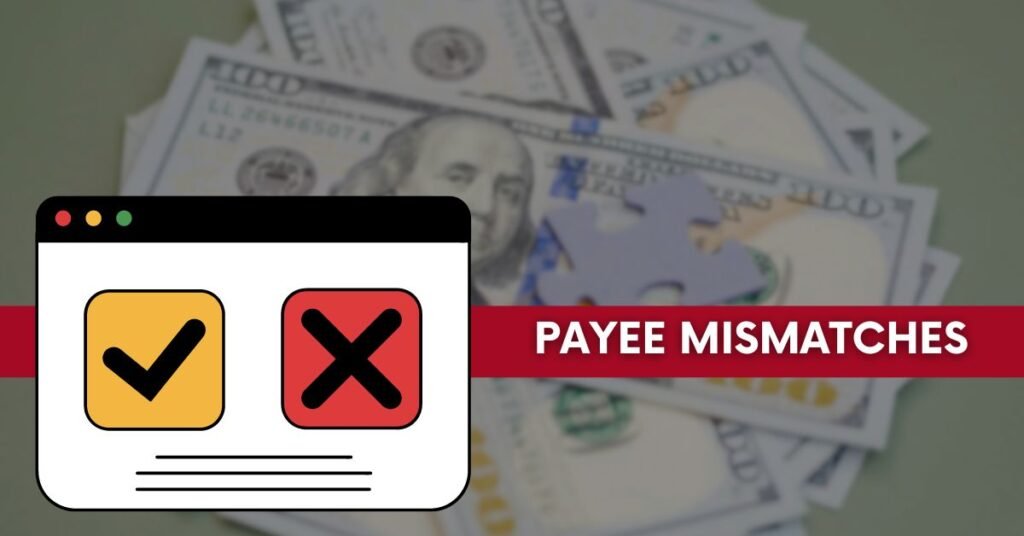A recent report from the Office of the Inspector General (OIG) has uncovered that the Social Security Administration (SSA) erroneously gave out over $22.8 million in benefits to the wrong recipients. A flaw in the Social Security Administration’s Electronic Representative Payee System (eRPS) is the basis of the issue that affects recipients of both Social Security and Supplemental Security Income (SSI). Significant drawbacks in how representative payer applications are managed and processed place many beneficiaries in danger, as this report highlights.
Representative Payees
The SSA appoints representative payees when beneficiaries cannot manage their own money to oversee their benefits. This is frequently seen in children or adults with serious disabilities.
The vast majority of representative payees are individuals whom the family or friends trust. Yet, mistakes in how these payees are identified have resulted in millions of dollars being delivered to the incorrect recipients.
Also Read: 8 Services Middle-Class Americans Will Struggle to Afford by 2029
eRPS System
The eRPS, short for ‘electronic Representative Payees System‘, is an online application that handles applications for representative payees and keeps all relevant information stored on it. The OIG audit identified important issues regarding the way the system operates. People must move information from the eRPS to payment records by hand, which elevates the likelihood of human mistake.
Even when the eRPS flags discrepancies between system records and payment records, the report points out that employees may not always carry out the required manual actions. The OIG reports that deficient oversight and inconsistent follow-up from staff members have given rise to improper payments and a failure to properly monitor funds.
Payee Mismatches

The discovery that 9,300 beneficiaries had been misclassified in terms of payees was a primary finding of the audit. As a result, there were different accounting requirements, and some payees didn’t supply the necessary financial reports. There were approximately 3,900 payees who served as representatives that were either obligated to file superfluous reports or who neglected to supply important ones.
The absence of proper oversight presents a danger that benefits could be misappropriated, which might jeopardise beneficiaries who are in need of these funds for their basic living costs. The report points out that without enhancements to its processes, the SSA will keep issuing benefits to the wrong individuals while also continuing to have inadequate supervision over how that money is utilized.
Improvement
The OIG has recommended several steps to resolve these issues:
- Review cases with discrepancies between the eRPS and payment records.
- Remind employees of the correct procedures for processing applications and ensuring records are accurate.
The Social Security Administration has accepted these recommendations. Enhancing oversight and creating robust internal controls will aid in ensuring that eligible recipients get benefits and that said funds are handled correctly.
Also Read: Walmart’s Great Value Apple Juice Recalled Due to Arsenic Concerns
Incorrect Payments
The audit findings are a segment of a greater problem the SSA has dealt with in handling billions of dollars in inaccurate payments. This includes both situations where people receive too much and those where they receive too little, caused by inaccurate calculations by the SSA.
Some recipients have been hit with major repayment requests; some elderly or disabled individuals are being asked to pay back tens of thousands of dollars that were erroneously disbursed by the SSA.
Repayment Demands
The report identifies a troubling trend wherein the SSA requests repayment for benefits deemed mistaken, independent of the fact that these errors didn’t result from the beneficiaries. Many of these people have gotten letters informing them that they must repay in full within 30 days, producing intense financial pressure for those surviving on low incomes.
Earlier, Newsweek covered various situations in which recipients were taken aback by these repayment demands. Those scenarios uncover the critical necessity to improve the system to avoid these kinds of errors beforehand.
Moving Forward
Although the SSA has consented to act upon the OIG’s recommendations, it is a long way to resolving these problems. Without a significant advancement, the SSA is bound to continue grappling with the issue of overpayments and underpayments, which might leave disadvantaged beneficiaries without the help they need.
Properly paid payments in full combined with effective oversight of representative payees are vital to the protection of the welfare of those who receive Social Security benefits. A swift reaction from the SSA is necessary to fix these errors and preserve trust in the system.
FAQs
Q. What is a representative payee?
A. Someone unable to handle their finances has a representative payee who takes care of their Social Security benefits.
Q. How much was incorrectly paid out by SSA?
A. $22.8 million in benefits was incorrectly allocated to the wrong recipients by the SSA.
Q. What caused the mispayments?
A. Inaccurate transfers of payer information carried out manually across systems made the mistakes.

